Roman Monuments, Cathedral of St Peter and Church of Our Lady in Trier
By Rachel Heller
What is this site in Trier?
Trier, a city in western Germany, became a Roman city in the 1st century AD, eventually gaining importance as the so-called “Rome of the North” under Constantine the Great. What remains of that period is a set of Roman structures and ruins, one of which is unusually well-preserved. Two churches are also part of the UNESCO property.
Disclosure: This article contains affiliate links. Making a purchase through an affiliate link will mean a small commission for this website. This will not affect your price. Privacy policy.
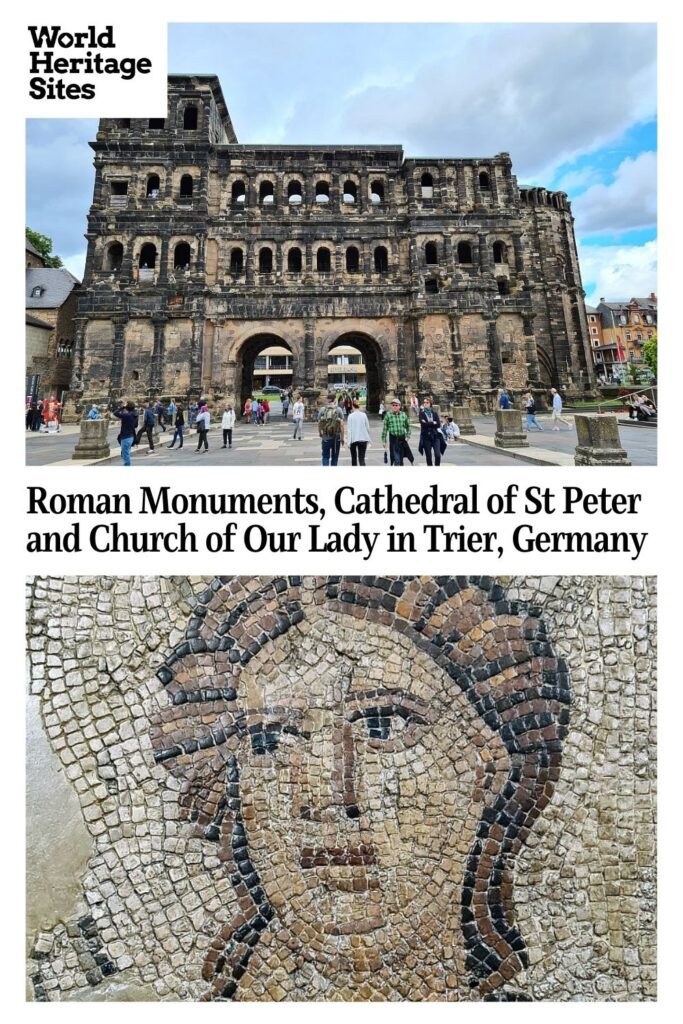
The UNESCO site includes:
- The Porta Nigra: a mostly intact Roman gate to the city from the 2nd century AD, used as a church in the Middle Ages. The name means “black gate.”
- The Imperial Baths: a bath complex built in the 4th century AD, but never actually used as a bath.
- The Barbara Baths (2nd century AD): a public bathhouse
- The Forum Baths (3rd-4th century AD): a public bathhouse
- The Amphitheater: the oldest of the elements of the UNESCO site, dates to the 1st century AD. Gladiatorial and other spectacles took place here.
- The Roman Bridge: Still used to this day, it rests on 2nd-century stone piles.
- The Basilica of Constantine (4th century AD): an imperial throne room from Constantine’s reign, now a church
- The Cathedral of St. Peter: a Romanesque church. The oldest parts date to the 4th century, making it the oldest church in Germany.
- The Church of Our Lady: a 13th-century church in French High Gothic style
- Igel Column: a funerary monument outside the city from the 3rd century.
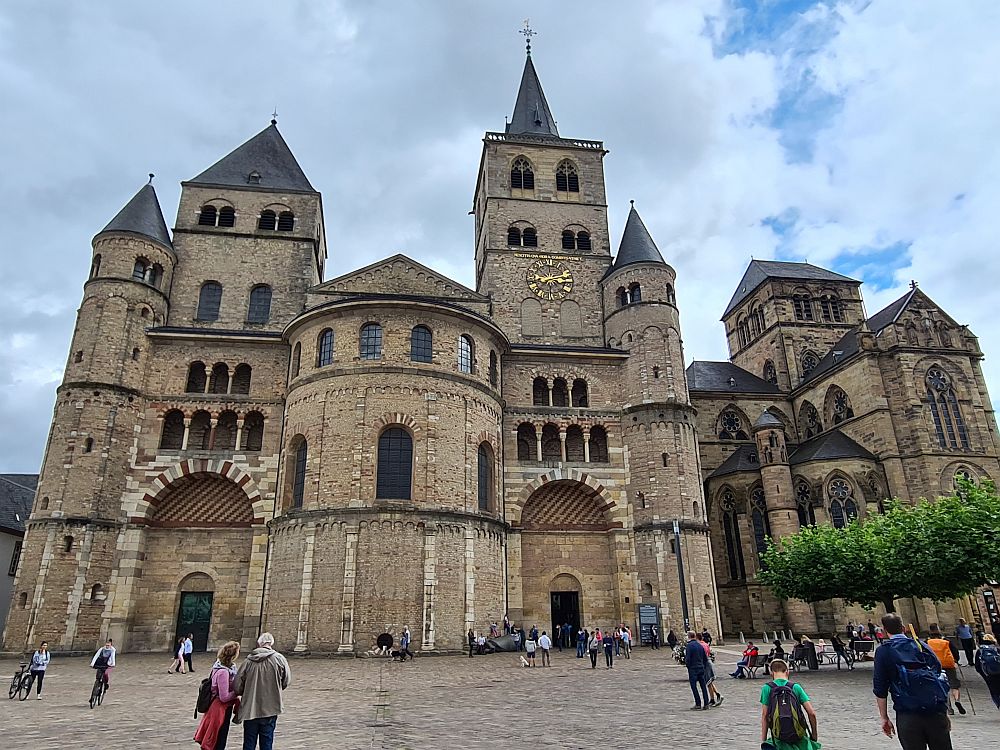
Why is Trier a UNESCO World Heritage site?
According to the UNESCO website, “There is no place north of the Alps where so many important Roman buildings and such a concentration of traces of Roman settlement have been preserved as in Trier, the ‘Rome of the North’.” It is a World Heritage site firstly because of the exceptional Porta Nigra as an example of Roman architecture and because of the unusual enhancements added to it in the Middle Ages. Secondly, the sheer density of the various Roman ruins testifies to the importance of this place. Trier also “along with Istanbul, is the example of a large Roman capital after the division of the Empire.”
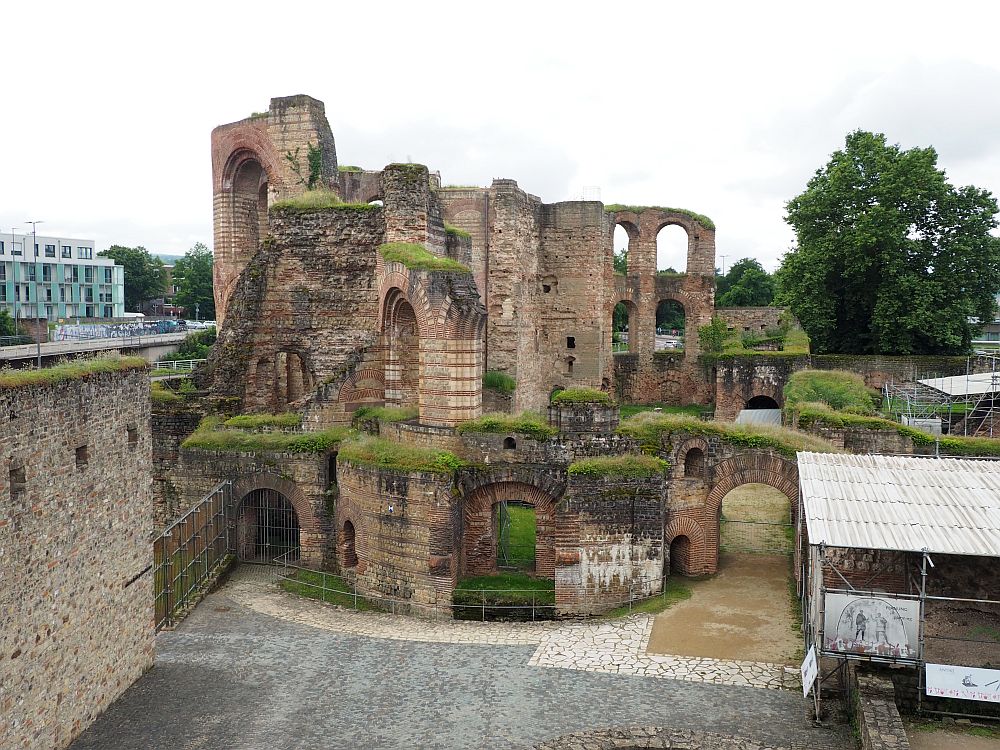
What can you expect on a visit to Trier?
Trier is a very pleasant town in its own right, and you can see the top sights in a day, though two days would allow you to see all of the Roman sights.
The Porta Nigra, in particular, is in astonishingly good condition. You can tour the building and, with the aid of a well-thought-out leaflet, see the changes that were made over the centuries.
The two churches – The Cathedral of St Peter a.k.a. Trier Dom and the Church of Our Lady a.k.a. Leibfrauenkirche – are right next to each other and can take you through almost a thousand years of architectural history. The Romanesque cathedral is the oldest church in Germany, dating to the 4th century, while the Church of Our Lady is a 13th century French High Gothic masterpiece.
Not part of the UNESCO property, but definitely worth a visit is the Rheinisches Landesmuseum, which houses lots of items found at Roman sites in and near Trier. The mosaics are particularly wonderful, but the museum has lots of statuary and other items as well, many in great condition.
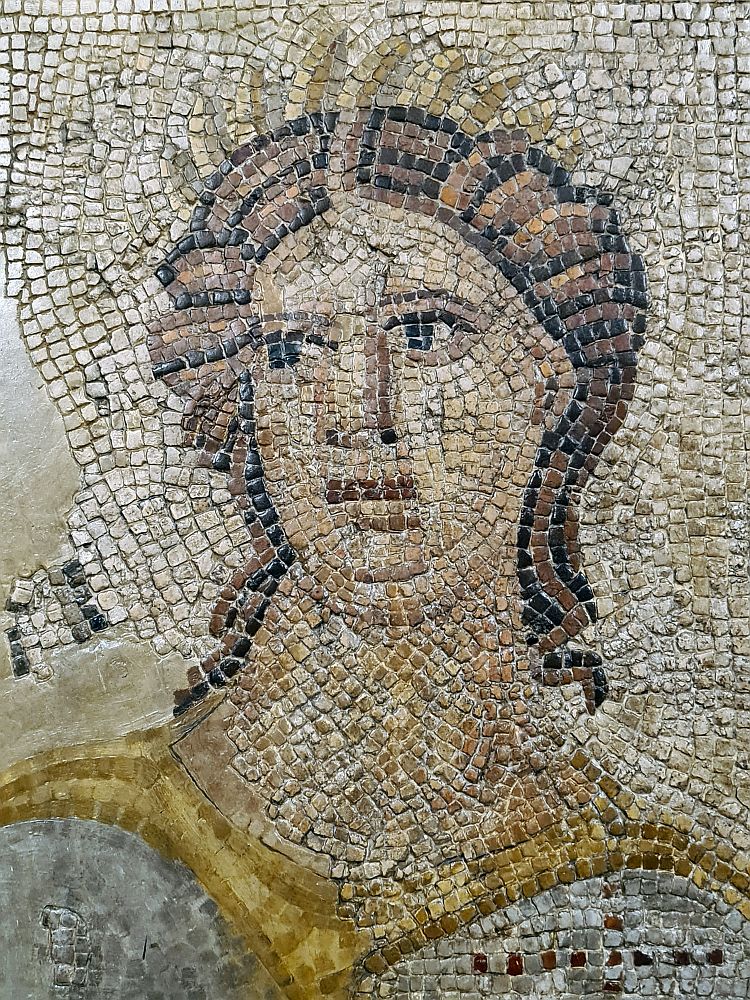
Read more about Trier: Germany’s Roman capital.
Is Trier worth visiting?
It is certainly worth a detour if you’re in the area, but perhaps not worth making a special trip for. Rome or Pompei or any number of other UNESCO sites in Italy, or perhaps Arles in France, would be more obvious places to visit to see Roman ruins. But if you’re in Germany and you’re interested in Roman history, by all means stop here.
Book your accommodations in Trier here.
What sorts of travelers would like Trier?
History buffs, mainly, particularly anyone interested in the Roman Empire, would enjoy the Porta Nigra, the amphitheater and the museum. If you’re interested in architectural history, you’d like Trier too, especially the Porta Nigra and the two churches.
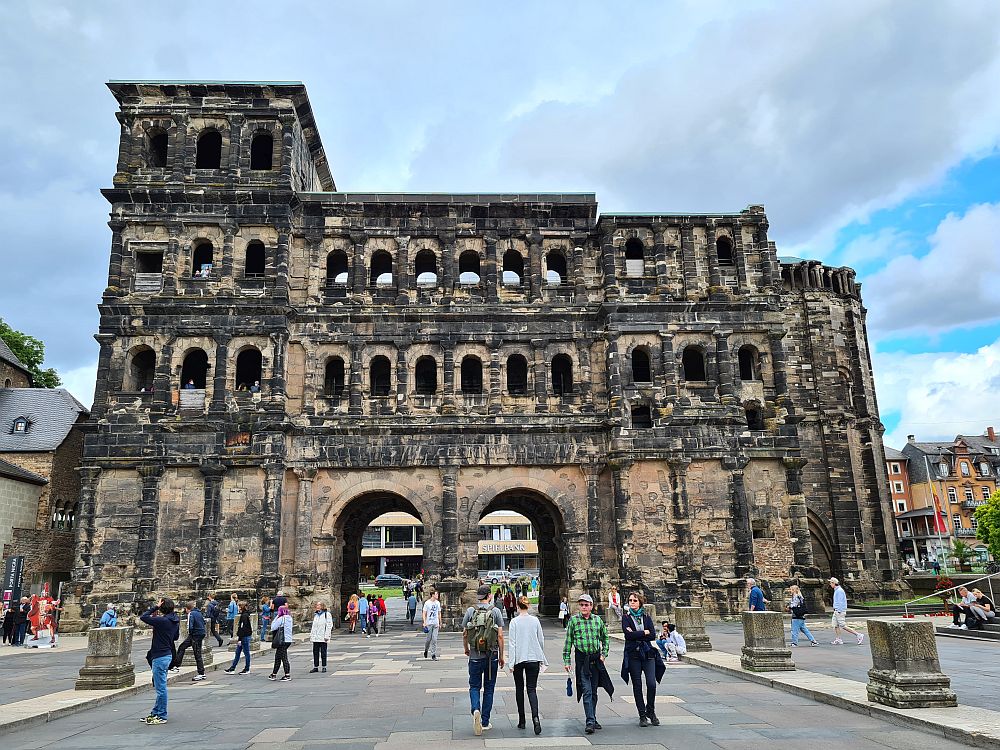
Tips for visiting Trier
The “must-see” sights in Trier are the Porta Nigra, the two churches, and the Landesmuseum.
Stay two nights so you have a full day and don’t have to rush through these sights. Stay three nights if you want to see all of the Roman sites in town and still want to have enough time for the museum.
Use the map below to find your accommodations:
The three bathhouses that are part of the UNESCO designation are not as impressive as Porta Nigra, but if you need to choose just one, choose the Imperial baths. It has more surviving structures than the other two.
The amphitheater is quite incomplete, though the general outline of it is still there and the stories of how it was used are interesting too.
The basilica is impressive for its size, but it’s a matter of a few minutes to see it.
The Roman Bridge is still used as a bridge, and there’s really nothing to see except to note that the nine piles holding up the bridge date to the 2nd century.
Except for Igel Column, all of the sites are within walking distance of each other.
To get to the Igel Column – which is quite interesting – will require a short drive out of the city, or you can take a bus to Igel.
This guided tour includes the highlights and plenty of information about the history of the Romans in Trier.
Where is Trier?
Trier is two and a half hours’ drive southwest from Frankfurt and 45 minutes northeast of Luxembourg city. There are paid parking lots in Trier, but the best thing to do if you are getting around by car is to book a hotel near the center of town that has its own parking and then visit the sites on foot.
By train, it will take about three and a half hours from Frankfurt or an hour from Luxembourg.
For more information about the Trier sites, their opening hours and admission fees, see Trier Tourism’s official website.
Have you been to Trier? If so, do you have any additional information or advice about this UNESCO World Heritage site? Please add your comments below!

